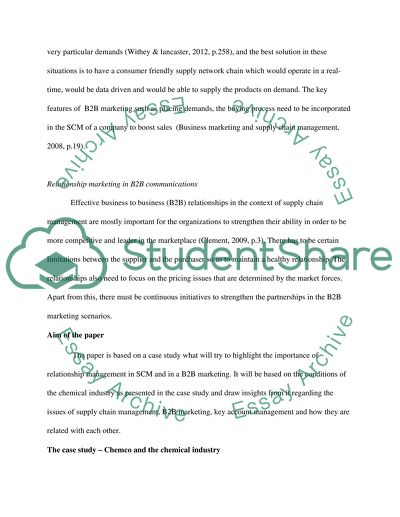Cite this document
(“Business to Business marketing and supply chain management Essay”, n.d.)
Business to Business marketing and supply chain management Essay. Retrieved from https://studentshare.org/marketing/1401333-business-to-business-marketing-and-supply-chain
Business to Business marketing and supply chain management Essay. Retrieved from https://studentshare.org/marketing/1401333-business-to-business-marketing-and-supply-chain
(Business to Business Marketing and Supply Chain Management Essay)
Business to Business Marketing and Supply Chain Management Essay. https://studentshare.org/marketing/1401333-business-to-business-marketing-and-supply-chain.
Business to Business Marketing and Supply Chain Management Essay. https://studentshare.org/marketing/1401333-business-to-business-marketing-and-supply-chain.
“Business to Business Marketing and Supply Chain Management Essay”, n.d. https://studentshare.org/marketing/1401333-business-to-business-marketing-and-supply-chain.


